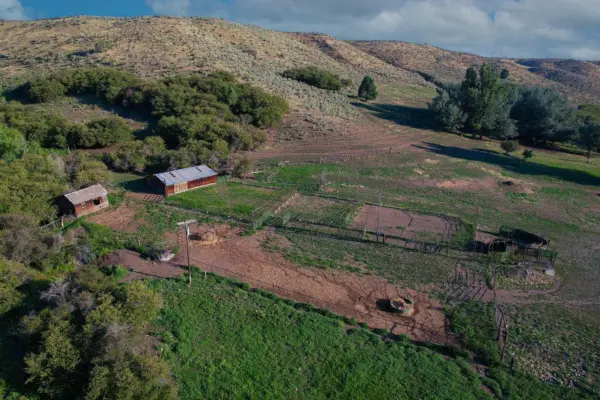A 1031 exchange that starts near the end of a tax year will often run into the following tax year. The regulations address how to handle incomplete exchanges and cash "boot" received by the taxpayer in the following year.
Generally, the regulations provide that exchange proceeds held by a qualified intermediary can qualify for installment sale treatment if there is a "bona fide intent" to complete the exchange and the exchange falls over two tax years. In these circumstances, you can report cash not reinvested in replacement property as an installment sale in the tax year in which the relinquished property was sold.
So, what does this really mean? This means that if you closed on a relinquished property in 2022, any cash "boot" received in the following tax year, i.e., 2023, can be reported using the installment sale method, allowing you to defer the gain until 2023, when you actually receive the exchange proceeds.
Cash "boot" is any cash not reinvested in replacement property and paid directly to you from the qualified intermediary. This would apply when the replacement property is acquired, but not all of the exchange proceeds are used, or when no replacement property is acquired.
Let's look at a couple of examples: In the first example, our taxpayer closes on his relinquished property on November 1, 2022, with sale proceeds of $1,000,000 coming into the 1031 exchange. He identifies three potential replacement properties and closes on one replacement property on December 15, 2022, using $600,000. If the taxpayer is unable to purchase either of his remaining two identified properties by the 180th day, the remaining $400,000 of exchange funds will be disbursed to the taxpayer on April 30, 2023. Because the $400,000 is cash boot received in 2023, under the installment sale reporting, the taxpayer would report the $400,000 in 2023 rather than the year of sale.


























